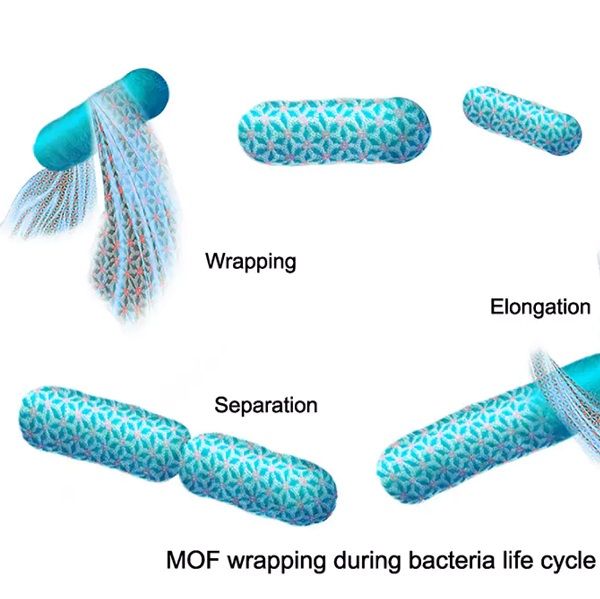Microbial "Spacesuits"
Catalogs:
Overview
Just as spacesuits help astronauts survive in inhospitable environments, newly developed “spacesuits” for bacteria allow them to survive in environments that would otherwise kill them. University of California, Berkeley, chemists developed the protective suits to extend the bacteria’s lifespan in a unique system that pairs live bacteria with light-absorbing semiconductors in order to capture carbon dioxide and convert it into chemicals that can be used by industry or, someday, in space colonies.
The system mimics photosynthesis in plants. But while plants capture carbon dioxide and, with the energy from sunlight, convert it to carbohydrates that we often eat, the hybrid system captures CO2 and light to make a variety of carbon compounds, depending on the type of bacteria. The bacteria used in the experiment are anaerobic, which means they are adapted to live in environments without oxygen. The suit – a patchwork of mesh-like pieces called a metal-organic framework, or MOF – is impermeable to oxygen and reactive oxygen molecules, like peroxide, which shorten their lifespan.
[Source]
-
No tags applied

